Customer onboarding automation: Benefits, strategies, and best practices
Published on April 28, 2025/Last edited on April 28, 2025/12 min read
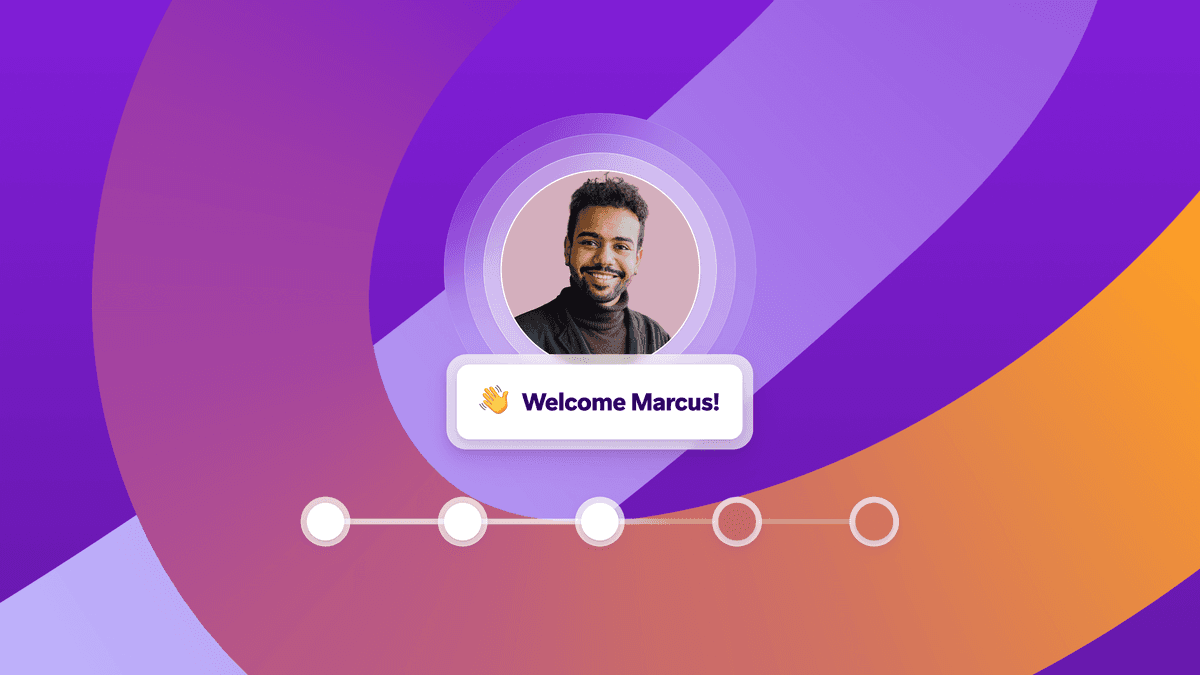
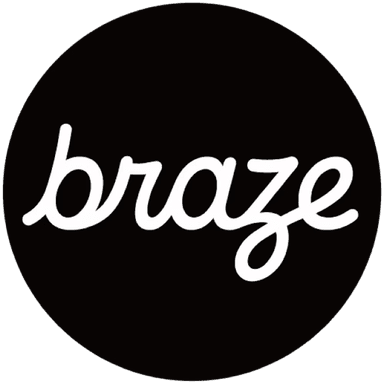
Team Braze
A new customer signs up. They’re curious, motivated, ready to see what your product can do. But instead of a smooth introduction, they hit a wall: Clunky forms, vague guidance, a confusing path forward. Enthusiasm fades, and just like that—you’ve lost a valuable opportunity to build a lasting relationship.
This kind of friction isn’t just frustrating for users. It’s costly for your business.
Manual onboarding workflows can’t often keep pace with user expectations or team capacity. They often miss the mark when it comes to timing, relevance, and personalization. That’s where customer onboarding automation steps in.
An automated customer onboarding process helps you deliver faster, more intuitive experiences from the very first interaction. A good automated onboarding flow adapts to user behavior in real time for a high-impact journeys, without the need for constant manual input.
Contents
- What is customer onboarding?
- What is customer onboarding automation?
- The benefits of automated customer onboarding
- Practical tips for an automated customer onboarding process
- Best practices for an automated onboarding process
- Real-world examples of customer onboarding automation using Braze
- Bring your onboarding strategy to life with Braze
- Automated customer onboarding FAQs
What is customer onboarding?
Customer onboarding is the process of guiding new customers through the initial stages of their experience with a product or service. The goal of onboarding is to help customers understand how to use the product, app, or services effectively, ensuring they derive maximum value from it and fostering a positive relationship from the outset.
Done well, onboarding builds confidence and trust. It turns curiosity into habit, and first-time users into long-term customers. Rather than overwhelming new users with information, great onboarding meets them where they are, offering guidance, support, and just the right amount of context along the way.
The process usually unfolds in four key phases:
- Pre-boarding: This early stage is about setting expectations. You gather essential details, establish communication preferences, and begin building a sense of familiarity.
- Onboarding: Now it’s time to guide. Product tours, how-to content, and welcome messages help users understand what’s possible—and how to get started.
- Training: This is where things get interactive. Whether it’s deeper education, feature highlights, or tailored use cases, this phase helps users feel confident and in control.
- Transition: Once users are engaging regularly, onboarding shifts into the background. But the experience still matters. This is when habits form and loyalty grows.
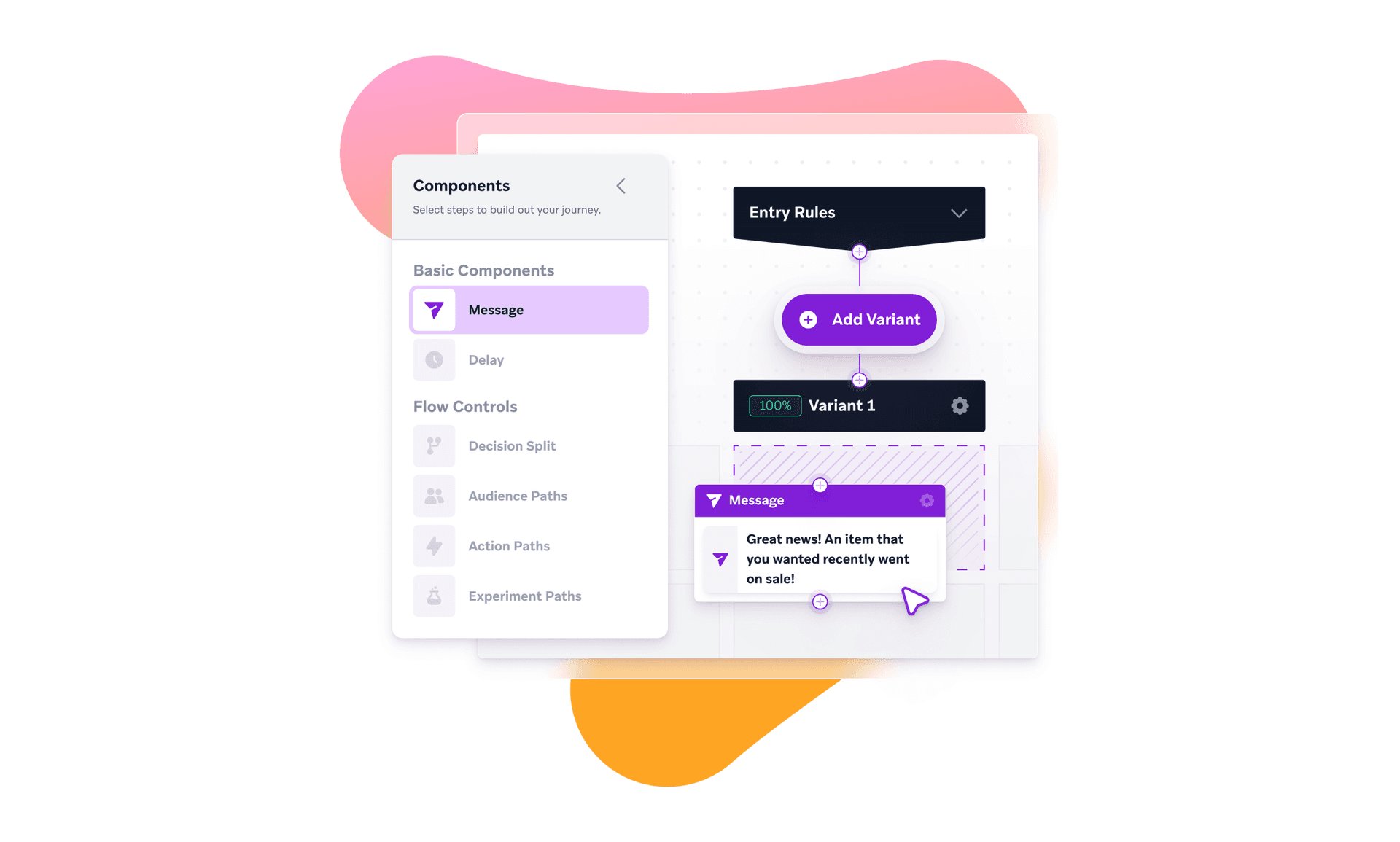
Customer onboarding might include product walkthroughs, interactive tutorials, or even live sessions—what matters most is clarity, relevance, and timing. Each touchpoint should feel personalized and purposeful.
Some businesses frame onboarding around the "5 C's":
- Compliance: Make the rules and responsibilities easy to understand.
- Clarification: Proactively answer common questions before they become blockers.
- Culture: Offer a sense of who you are—what customers can expect from your support, your product, and your brand.
- Connection: Create meaningful links—between users and your team, or even between new customers and helpful resources.
- Check back: Keep the conversation going. Smart follow-ups show you care about long-term success, not just initial setup.
What is customer onboarding automation?
Customer onboarding automation is about using technology to automate responsive journeys that guide new users through the onboarding. Think welcome messages that adapt based on user behavior, or email sequences that adjust depending on whether someone’s completed key milestones. Automated flows can walk users through setup, collect important profile data, offer in-app tips, and even highlight the next best action.
Once set up, these onboarding journeys are triggered by user behavoir—not manually sent.
The benefits of automated customer onboarding
An automated onboarding process helps to create better first impressions at scale. When you build onboarding flows that respond to user behavior in real time, you make the experience feel personal, even when it’s fully automated.
Here’s what you gain when you automate onboarding thoughtfully:
Faster time to value
Guide users to their first success sooner. Automated workflows keep things moving, helping customers complete key steps without unnecessary delays or confusion. They also can adapt to each user, making the experience feel tailored to them.
Consistency across the board
Each new customer can get a high-quality experience, no matter when they join or who’s available to support them.
Smarter use of your team’s time
By taking repetitive tasks like campaign building, email scheduling, or message sending off your team’s plate, you free them up to focus on more strategic interactions.
More satisfied customers
Clear, timely onboarding helps reduce friction from the start. And when users feel supported and in control, they’re far more likely to stick around, directly impacting customer retention. It’s a win-win for your users and your team.
Practical tips for an automated customer onboarding process
Automated onboarding is building smart, responsive flows that adapt to your users in real time. Here’s how to make that happen.
1. Define what success looks like
Before you build anything, get clear on the outcomes you want. Do new users need to complete setup, explore key features, or hit their first value moment? Really pin down what success means for your customers, and how you’ll measure it. These goals will shape what follows.
2. Map the journey
Start by sketching out your current onboarding experience, from signup to full product adoption. Identify the milestones, moments of friction, and common drop-off points. Look at it from the user’s perspective: What are they trying to do at each stage? Who’s involved? What might slow them down?
If you serve multiple customer segments, you can build tailored journeys for each one. Personalization starts with understanding.
3. Tailor journeys to the users
Segment your users based on needs or behavior, then tailor each flow with targeted messages, product tours, or nudges that speak directly to where they are. For example, Braze Action Paths allow you to dynamically guide users based on their behaviors. This feature allows you to customize user paths based on specific actions, such as engagement events or custom events.
4. Build intuitive workflows
With tools in place, it’s time to connect the dots. Design workflows that feel seamless to your users and make logical sense internally. Set up clear triggers—like a completed form or a missed milestone—to move users through different paths. Use conditional logic (if this, then that) to adapt the experience in real time, so it stays relevant and helpful throughout.
Don’t forget the human touches: a warm welcome message, a timely nudge, a clear progress tracker. These details turn automation into experience.
5. Test before you scale
You can launch a pilot with a small group of users and gather honest feedback. Where are they hesitating? What feels clunky? Use that input to fine-tune the flow before you roll it out more broadly.
7. Measure, learn, and iterate
Once your automated onboarding is live, track the right metrics—time to value, activation rate, retention rate, for example. Combine usage data with qualitative feedback to see what’s working and what’s not. Then adjust. Optimization isn’t a one-time task; it’s part of building an onboarding experience that keeps getting better.
Best practices for automated onboarding process
Building an automated onboarding experience that works for both your team and your customers means getting the details right. When done thoughtfully, and with best practices in mind, automation makes onboarding faster, clearer, and more relevant.
Here are three key areas to focus on:
1. Personalize wherever it counts
Great onboarding doesn’t treat everyone the same. Use segmentation to target the right audience, and then dynamic personalize tools to tailor content based on past purchases, previous engagement, customer preferences, and more.
The goal is to customize welcome messages, product walkthroughs, and milestones to reflect each user’s journey. The more aligned the experience feels to a customer’s goals, the more likely they are to stay engaged, leading to increased customer satisfaction and longer retention.
2. Communicate clearly and consistently
Each automated message should have a purpose. Set up touchpoints that guide users through each stage of onboarding, from what they’ve already done to what’s coming next. Use in-app messaging or email, for example, to help customers track their own progress and feel in control.
Transparency builds trust, especially when users know where to go for help or what to expect next. Keep your language clear, friendly, and free from jargon. Customers should never feel lost in the process.
3. Keep improving with real-time insights
Automation doesn’t stop at launch. Monitor how your onboarding flows are performing by tracking key metrics, such as time to value, task completion rates, engagement drop-offs, retention rates. Use those insights to fine-tune the experience over time.
Look at where users get stuck, which segments are lagging, or what content is underperforming. Small adjustments can lead to big gains, especially when they’re driven by real behavior, not assumptions.
Real-world examples of customer onboarding automation using Braze
Bite-sized wins: How Grubhub delivered more with smarter onboarding
Grubhub, a leading online food delivery service, connects diners with over 365,000 restaurant partners across more than 4,000 US cities. Beyond traditional food delivery, Grubhub collaborates with over 300 college campuses to offer tailored dining experiences to students through its Grubhub Campus program.
The challenge
Despite the benefits of the Grubhub Campus program, student enrollment rates were low. Many students initiated but did not complete the onboarding process, indicating a disconnect in communicating the program's value effectively.
The solution
Grubhub leveraged Braze Canvas, to create a multi-stage "Welcome Stream" campaign aimed at enhancing the onboarding experience for students. This automated, cross-channel strategy utilized personalized emails and push notifications over a 30-day period to guide students through the onboarding process, clearly highlighting the benefits of the Grubhub Campus program.
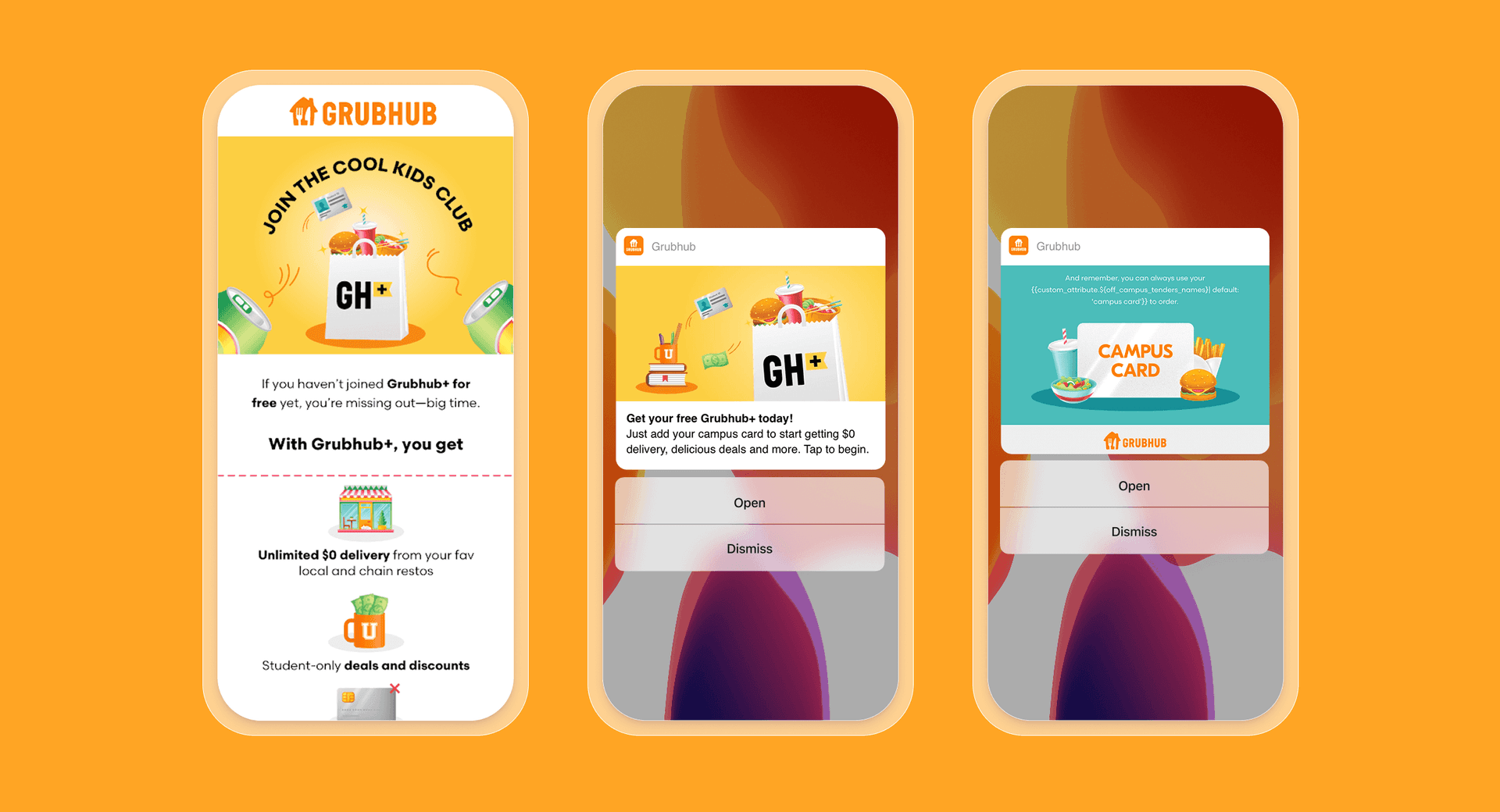
The Results
To measure success, Grubhub used Braze Alloys technology partner Amplitude to help measure success. They tracked in-app sessions driven by the campaign efforts and Google Analytics to track marketplace orders via UTMs.
The revamped onboarding flow led to tens of thousands of students integrating Grubhub Campus into their dining routines, resulting in hundreds of thousands of orders. Notably, there was a 188% increase in Grubhub+ sign-ups and an impressive 836% increase in related ROI.
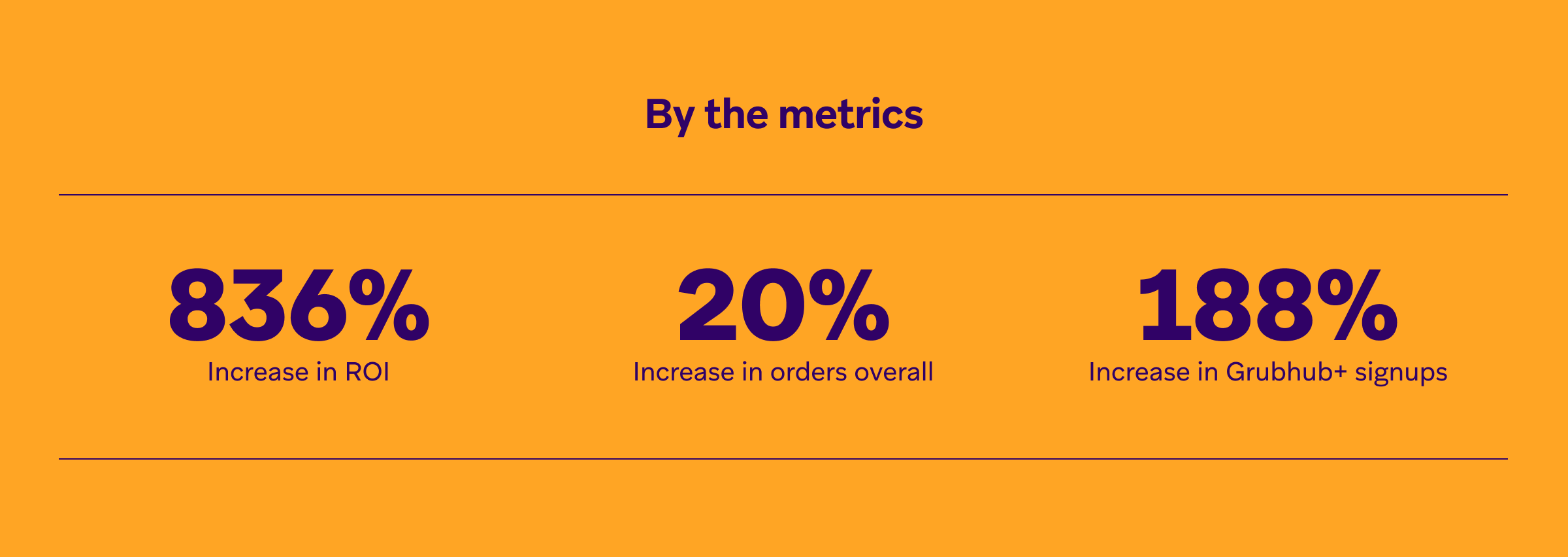
Success story: Tonies tunes into tailored onboarding
Tonies offers an innovative audio entertainment system for children, featuring the Toniebox speaker and collectible figurines known as Tonies. When a Tonie is placed on the Toniebox, children are immersed in a world of stories and songs, providing a screen-free entertainment experience.
The challenge
Tonies aimed to better activate customers throughout their lifecycle, particularly focusing on
- Encouraging new users to quickly realize the product's core value.
- Converting users from free to paid content.
- Upselling existing customers with relevant content.
Their existing system lacked the necessary segmentation, personalization, and cross-channel capabilities to achieve these objectives, resulting in stagnant success rates.
The solution
By implementing Braze, Tonies was able to target users with personalized messaging based on real-time behavior across all connected devices. They overhauled their onboarding process and created an in-app onboarding flow to guide new users toward this high-value action. A Braze Content Card™ highlighted the availability of free content and in-app messages were used to walk users through downloading and using the content. Tonies also launched upsell campaigns that aligned with users' content interests, enhancing engagement and encouraging conversions.
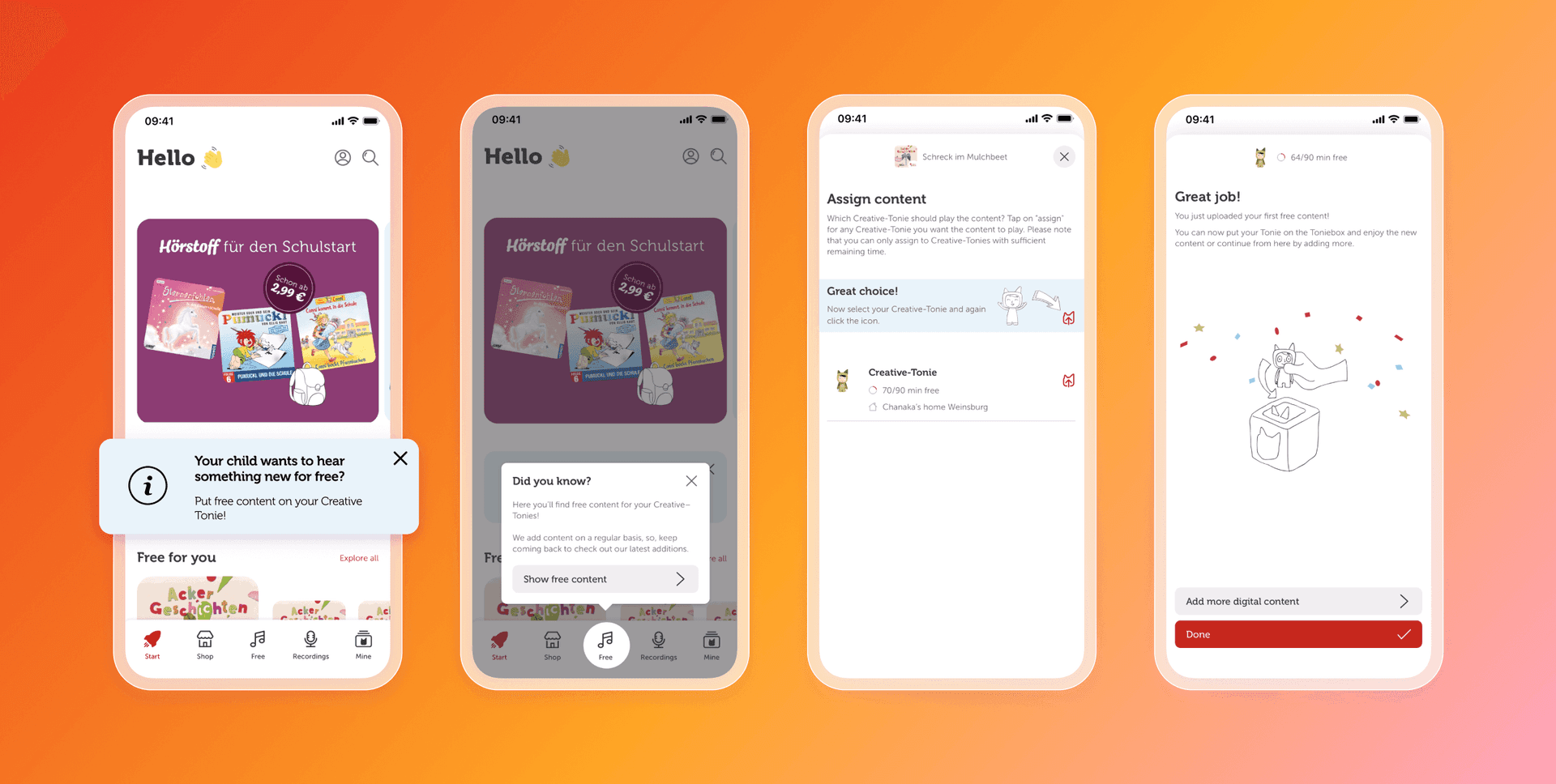
The results
Tonies experienced a 117% year-over-year increase in free-to-paid content conversions, demonstrating the effectiveness of their personalized engagement strategies.
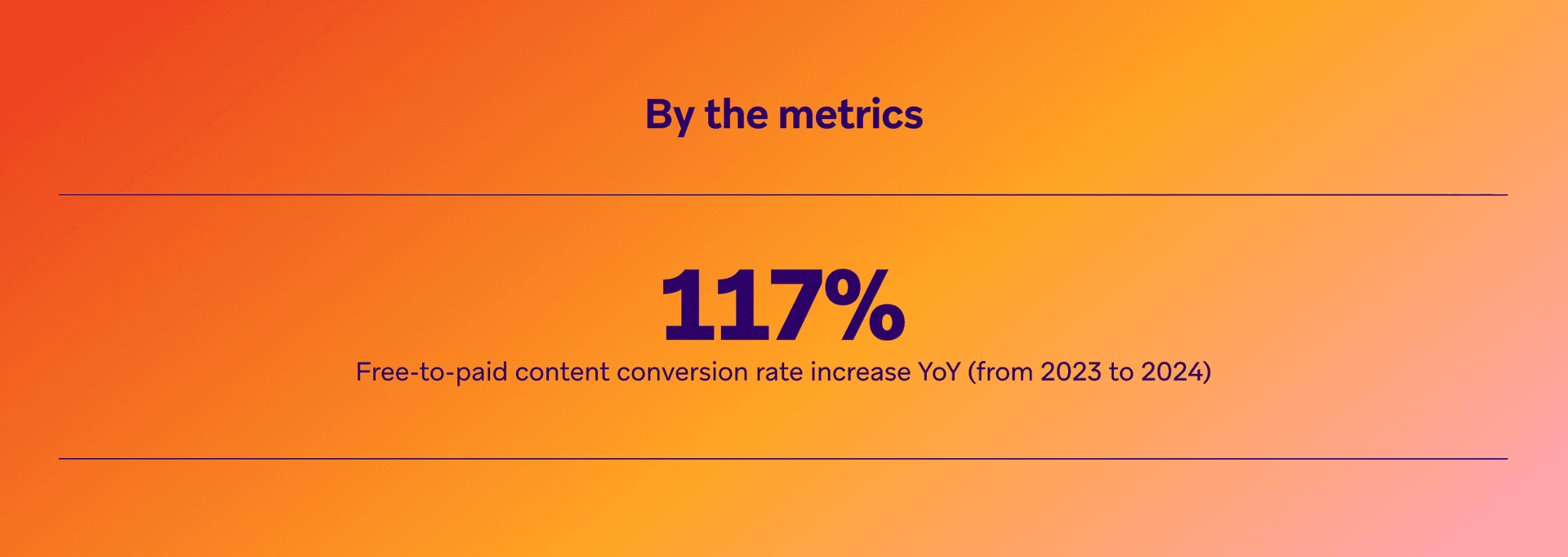
Fresh starts and shopping carts: Erewhon’s personalized path to loyal hearts
Erewhon is a grocery store and a destination for wellness enthusiasts seeking premium products and a strong sense of community. As the brand grew, customers began to expect better customer service and digital experiences that mirrored Erewhon's distinct ethos.
The challenge
Erewhon had outgrown their existing platform and needed a solution that could scale with their growth and support expansion into new channels. They sought a more sophisticated approach to enhance personalization, engage customers across multiple channels, and increase revenue attributable to their marketing efforts.
The solution
Erewhon partnered with Braze to seamlessly launch and scale personalized campaigns across various channels, including email, SMS, push notifications, and in-app messages. This collaboration allowed Erewhon to deliver thoughtful, personalized experiences that resonated with their loyalty program members.
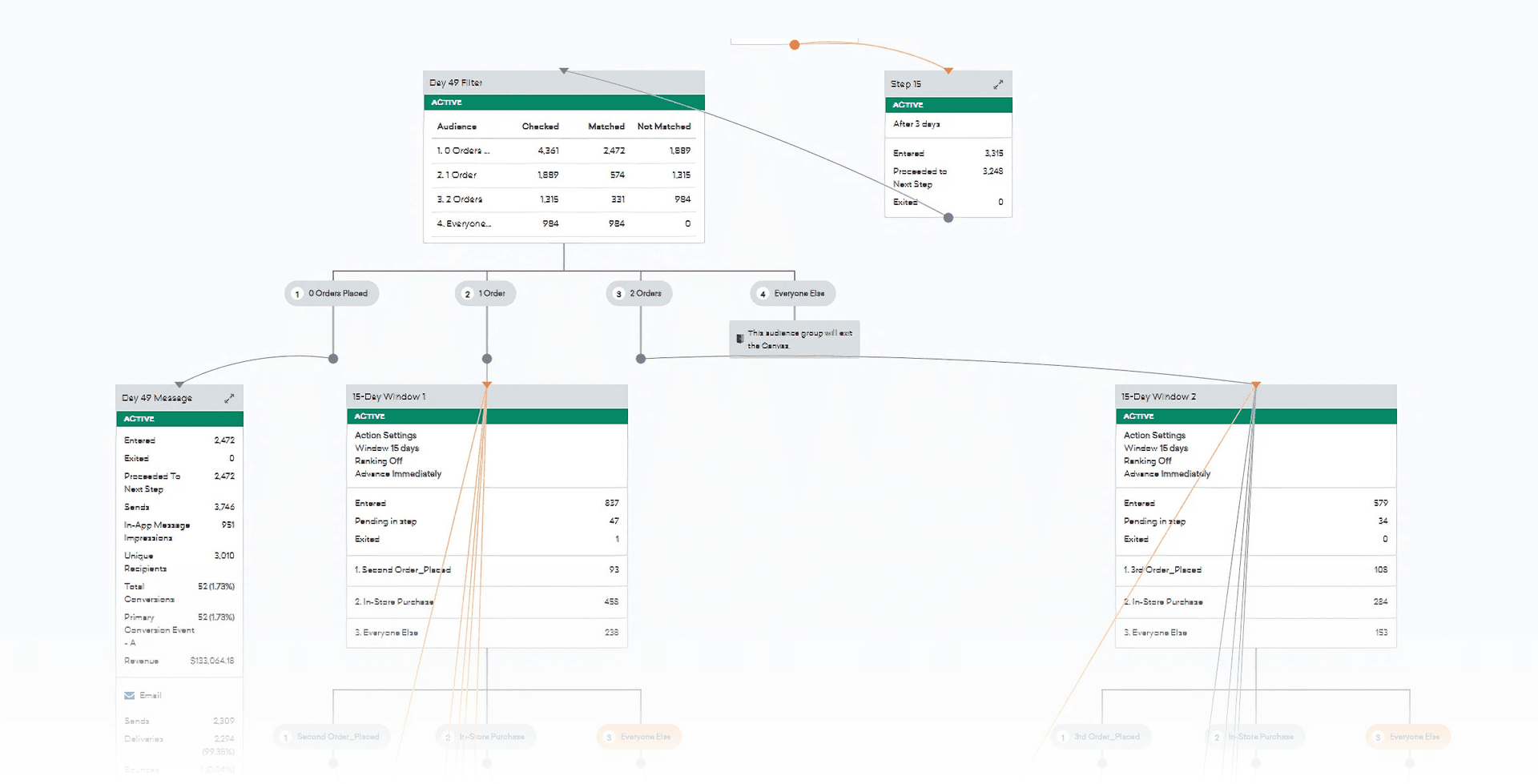
With Braze Canvas, they launched over 30 intricate, multi-step journeys that were tailored to their customers’ preferences. And with Liquid, Erewhon incorporated details like loyalty statuses into their messaging. Multivariate testing also became a routine practice, helping them continuously refine their efforts.
The results
The partnership led to a 20% increase in mobile order engagement, with approximately 50% of recipients placing a mobile order within 90 days. Erewhon also achieved a near 2X increase in monthly active user volume after launching with Braze and a ~33% reduction in the time required to initiate a campaign.
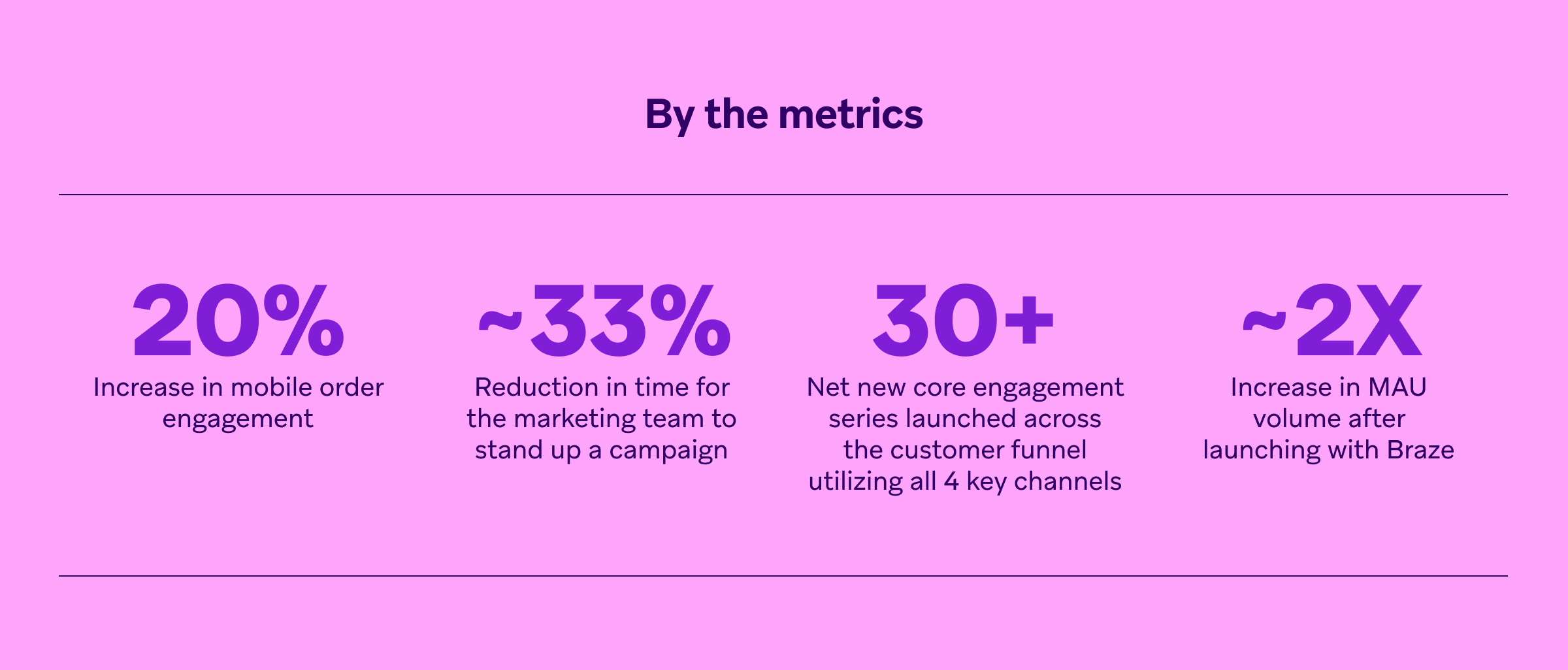
Bring your onboarding strategy to life with Braze
Customer onboarding sets the tone for the interaction that follows, so it needs to create a cohesive customer experience, no matter where your customers are.
With Braze, you can design an automated onboarding process with journeys that adapt to your users in real time. Whether you’re guiding first-time app users, re-engaging trial customers, or activating new segments at scale, Braze gives you the tools to make Each step feel personal and intuitive.
Canvas makes it easy for marketing teams of many sizes and maturity levels to orchestrate sophisticated, personalized and responsive journeys with a single, modern and intuitive interface. Real-time orchestration and AI-powered optimization empower marketers to reach customers with relevant and tailored interactions on many channel and in the moments that matter most. Canvas inspires even more confidence with reliable performance regardless of the number of messages or the sophistication of your journeys.
The result? Faster time to value. Fewer drop-offs. More engaged customers from day one.
When onboarding is powered by Braze, you’re not just helping users get started, you’re setting them up for long-term success.
99% of marketers say their organizations are already using AI. But what does it mean to use it effectively for customer engagement?
Automated customer onboarding FAQs
A customer onboarding framework is a structured plan that outlines the steps, tools, and touchpoints used to guide new users from signup to first value.
Customer success automation uses technology to deliver timely, personalized support and engagement that helps customers reach their goals with minimal manual effort.
Customer onboarding is sometimes referred to as user onboarding or client onboarding.
The terms are often used interchangeably, though “client onboarding process” is more common in service-based businesses, while “customer onboarding” typically applies to product-led growth models.
Related Tags
Be Absolutely Engaging.™
Sign up for regular updates from Braze.
Related Content
View the Blog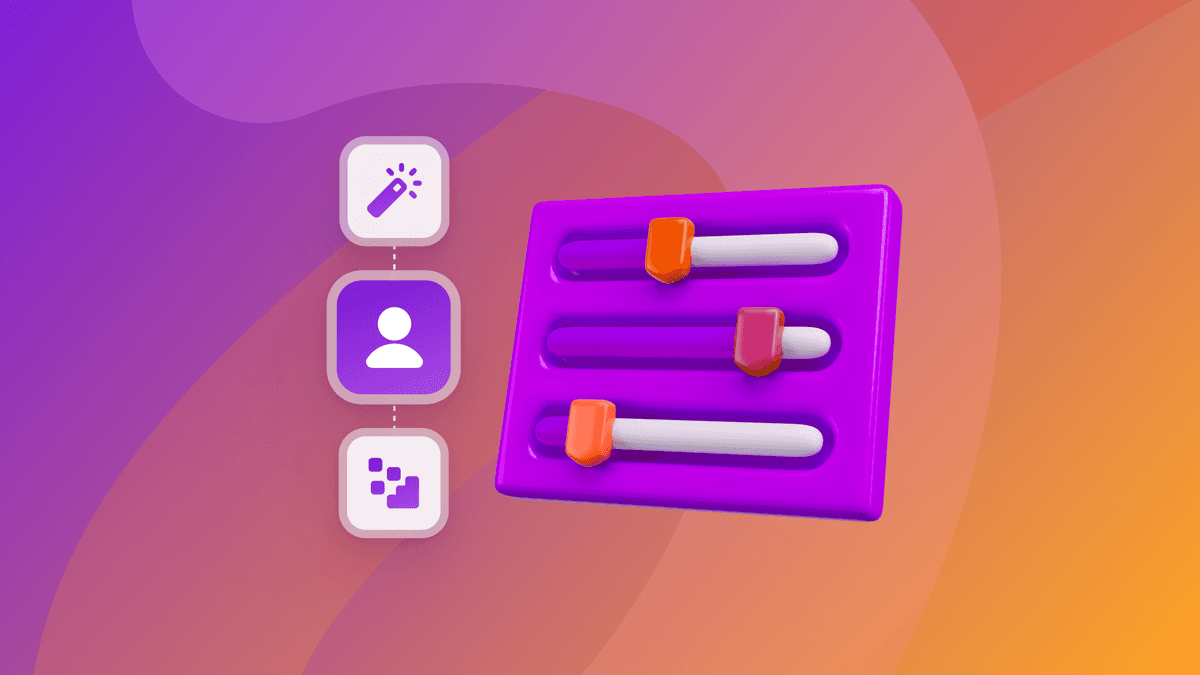
How behavioral marketing turns data into personalized experiences

Team Braze
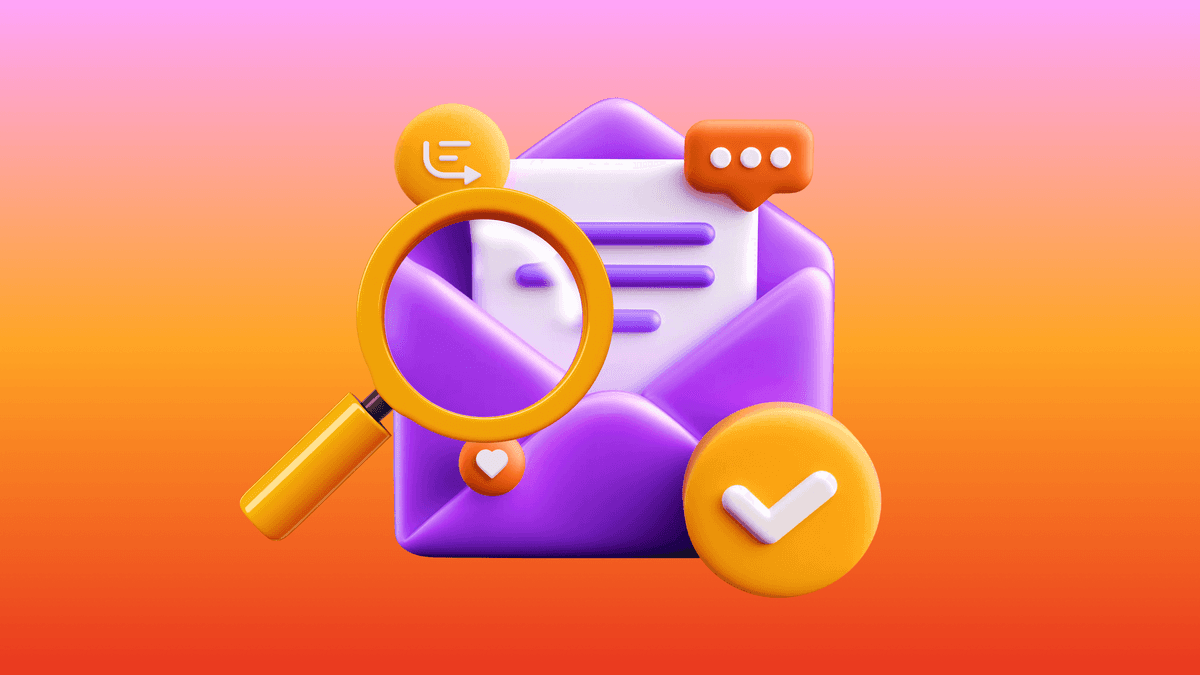
The new inbox reality: How iOS changes are reshaping email marketing

Aparna Prasad

Experience optimization: Turning data insights into better journeys
